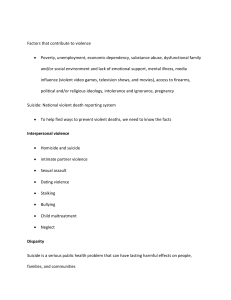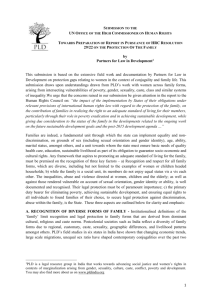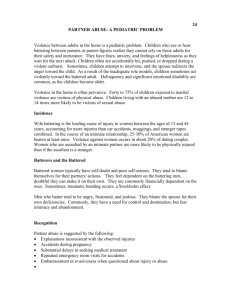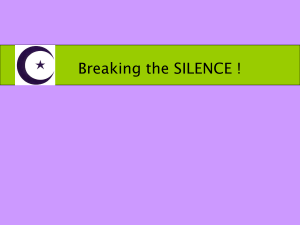The legacy of the residential school sys... 262KB Oct 31 2013 08:37
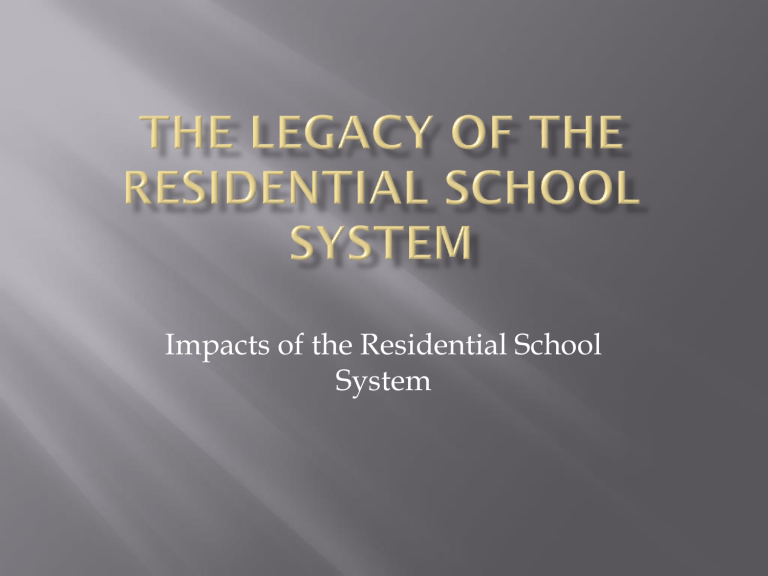
Impacts of the Residential School
System
o
In 2010, Canada ranked 8 th on the Human
Development Index (HDI) out of 169 countries.
When aboriginal communities are added we drop to 63 rd !
o
Youth suicide is an urgent issue for First
Nations and Inuit youth in Canada. Overall rates are high o
Suicide rates are 5 to 7 times higher for First
Nations youth than for non-Aboriginal youth.
o
Suicide rates for Inuit youth are among the highest in the world! 11 times the National average.
o
In 2007, an estimated 27,000 Aboriginal children were in the care of child welfare agencies.
o
Only 36% of Registered Indians living on reserve completed high school, compared to
84.6% of the general population
o
Aboriginal women are 5 times more likely to die as a result of violence.
o
55% of Aboriginal mothers are under 25 years of age, compared to 28% of non-aboriginal mothers.
o
9% are under 18 years of age, compared to 1% of non-Aboriginal mothers.
o
70% of Aboriginal mothers live in poverty.
Inability to parent: If you grow up without parents, how do you learn parenting skills??
Poverty: Few students left the schools with the skills necessary to get a job. Their traditional agriculture and hunting practices, which they would have learned if they had stayed home, were lost.
Substance Abuse: violence, abuse and degradation led students to substance abuse as a way of dealing with the paint they carried.
Suicide: Students who suffered terrible physical and sexual abuse were left with few supports to help them deal with their pain. Many felt suicide was their only means of escape.
Physical and Sexual
Abuse: OFTEN, the abused become the abusers. They turn their own experiences of violence into acts of violence against others.
Incarceration: histories of abuse, no real education, and having experienced a real effort to destroy their culture some people ended up in jail. Many former students belonged nowhere-they lost their connection to their families and communities and were shunned by white society.
Children in care: Similar to inability to parent. Their experiences of good parenting were disrupted when they were sent to school. When they became parents themselves, they knew little about how to parent children.
Combined with this, was the legacy of physical, sexual and emotional abuse – a legacy that was hidden-and for which few therapeutic supports were provided.
Mental Health Issues: The attempted destruction of Aborigianl identity also destroyed individual identities. Their parents, culture, heritage and traditions were considered vile and filthy by white society. Many were abused and many witnessed abuse. Imagine survivors of Auschwitz being released into the general community without any supports or care.
Chronic disease and illness: Poverty, poor nutrition, and lack of access to services contribute to chronic diseases, such as diabetes. Poverty and poor nutrition are direct outcomes of the Residential School
System. Lack of access to services is a reflection of funding issues.
Poor educational outcomes: Traditional methods of learning and knowledge were rejected and devalued at the schools. Students spent, at best, half of their day learning a Euro-
Canadian education. The other half of their day was spent in manual labour. Many of the teachers sent to the school were untrained and ineffective. The result was that few students left the schools with skills needed to obtain jobs and earn a decent wage to live on.
